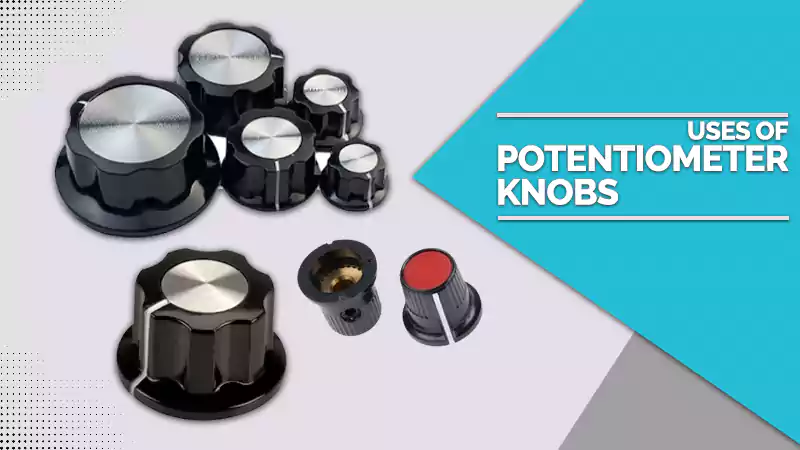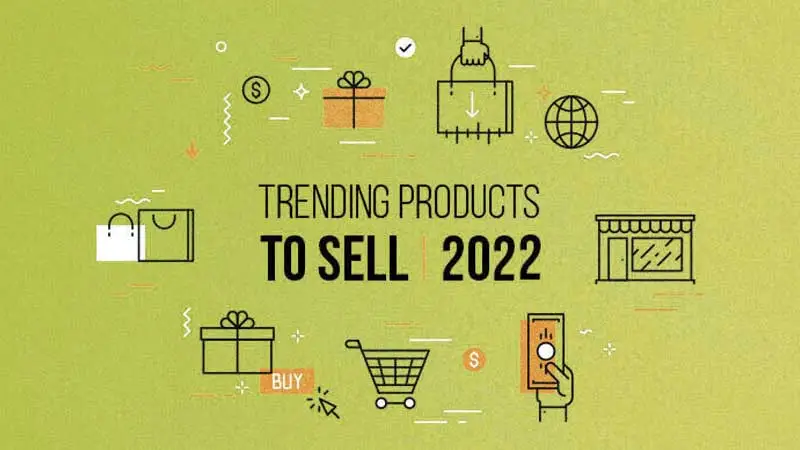The Best Methods for Enhancing your Ecommerce Blog
More traffic means more sales. The motivation behind writing articles is to not just answer potential customers’ queries and entertain them, but to hopefully convert them into sales.
Here are some of the best ways to enhance your ecommerce blog and maximize your sales.
Speed up the blog
First and foremost, a slow website is devastating. The bounce rate is high when a page takes a while to load. We can visit this blog article for more technical details, but the most important thing is to test your WordPress site. Your Largest Contentful Paint (page loading time) should be much higher than 2.5 seconds, otherwise, the user experience will be hindered.
There are many ways to speed up your blog, but generally having a fast web server with the closest server location is important, along with a WordPress caching plugin, optimized pictures, and an optimized theme.

Content or sales – which is a priority?
The reason why we begin blog writing for our eCommerce store is to bring in readers of the specific article and convert them into sales. So, why is the customer there again?
We must remind ourselves that the customer is there purely for content. Reminding us of this can help keep us from having lackluster content or forcing sales upon them from the get-go.
But, is having incredible content enough? After all, do we care how good it is if it’s not converting?
Ultimately, just getting the traffic is the most important thing. Naturally, some percentage will convert into sales of their own free will by stumbling around the site or frequently returning to the blog. We do need to focus on increasing our conversions but never compromise the quality of the content.
Be an authority within your industry
Another reason why content is king is that it can paint your company as an authoritative figure within an industry. So, even if this one page that is a hit isn’t converting into many sales directly, it’s doing wonders for your image within the industry and could be impacting future, more indirect sales.
Having good traffic isn’t enough. We need to consciously think about how to come across as an authority – even down to the language we use in the articles and the voice. Using language that’s more certain and assertive is important, but so is picking the right topics. Show that you’re an expert and can be trusted.
Use your CTA carefully
We need to push people into buying our product, otherwise, we are losing out on sales. But if you’re too pushy, inevitably, the customer gets pushed the wrong way.
When placing in your product promotions, think about the most relevant bit of the article. Focus on quality over quantity, which means finding the perfect moments for a link as opposed to scattering them throughout.
The link to a product should feel like a natural next step for the reader. They should feel obliged to click the link, because you have set it up to be the logical thing to do. Don’t always leave the product adverts until the conclusion either as most readers do not read the entire article. Again, find the most relevant part of the content.
A/B Testing and tracking metrics
If we focused only on content and not converting them into sales, there’s an issue. If we fill our entire page up with adverts and links, there’s also an issue. Clearly, it’s a balancing act, which makes things less scientific. If we can’t get the precise answers online, it means we need to be conducting our own experiments.
This means that every different strategy you try (i.e. different CTA placement, different amounts of links etc.) should be categorized and analyzed. You can also A/B test with the same page. So, if your popular post gets a thousand new views most weekends, simply edit the page slightly to see if it has an impact on conversions. This way, it’s a more controlled experiment as it’s the same article.
The same goes for everything. Thinking about making the newsletter pop-up arise sooner? Track the results. Thinking about using a different style of headline for a landing page? Track the results. There are a lot of marketing tools that could help you to improve your ecommerce blog by tracking some metrics needed.

Outsource your writing
If you’re missing your weekly posts because you don’t have enough time or find that your writing isn’t persuasive enough, consider outsourcing the writing. This could lead to more volume, more traffic, and more sales. You can still be the editor and have the final say. You can even place in the links, images, and headlines yourself. But, having someone to research and write the bulk of the content is the biggest time-saver for you.
If you’re unsure whether it’s worth it financially, try to assess how much revenue your blog generates. If you often get $50 in sales from a single article and the writer is asking for $50 to write them, it still may be worthwhile. Why? Because your revenue will grow (benefits of economies of scale, bigger bulk orders, etc.), your authority within the industry will grow, and your domain authority will grow, meaning it will have lasting impacts on future posts that you write yourself.

Conclusion
With many of intense and high competition in ecommerce nowadays, we need to be aware and make sure that we will never lag behind in improving the quality of our e-commerce blog. Many ways that we could bring to impact the overall performance of your ecommerce blog, but in this article, we already conclude the easiest thing you could try both to maintain or even improve it.
Here are the six best methods for you to enhance your ecommerce blog:
1. Speed up the blog
2. Content quality
3. Be authority within your industry
4. Use your CTA carefully
5. A/B testing and tracking metrics
6. Outsource your writing
We hope this article has helped you. Good luck!
Tips for Promoting Your Fitness Business Online
Blossoming Horizons: The Intersection of Flowers and Technology
Boosting Your E-commerce Performance with Managed Hosting
Why WordPress Payment Plugins are Vital for Successful…
How APIs Can Benefit an Ecommerce Business
Top 4 Technology Trends for eCommerce This 2023
What are Potentiometer Knobs, Their Uses, and Where…
5 Reasons Why Fresh Food Delivery Boxes Can…
20 Trending Ecommerce Products to Sell Online in…
The market is Booming & Your B2C Ecommerce…
Best Platforms for Building Marketplace
What to Not Automate in the Customer Service…












